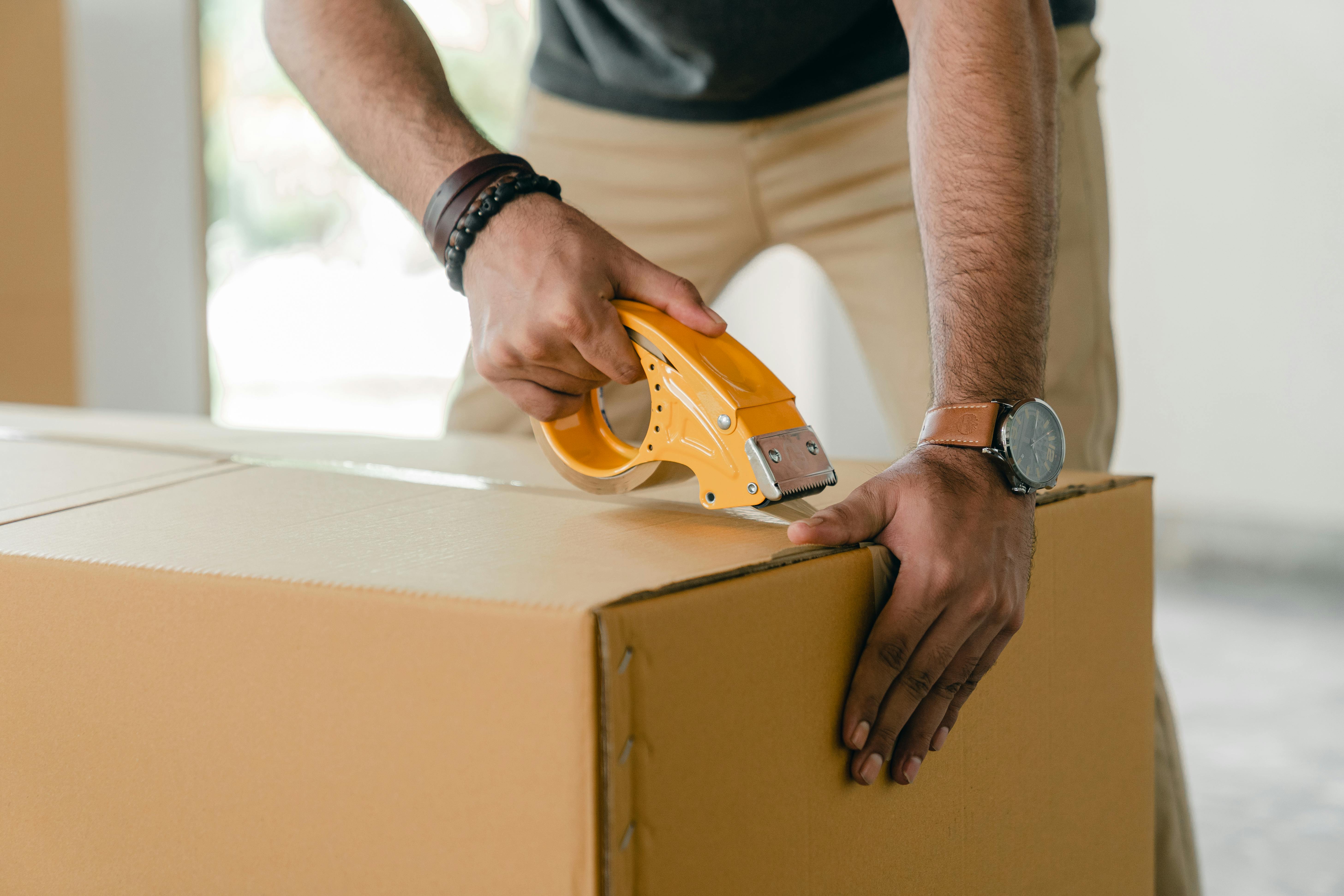After the invention of modern oil lamps and the production of kerosene around 1800, people needed a way to use these lamps for outdoor work. Oil lamps used a glass globe and wick to control the amount of airflow around the wick and protect the flame. But there was a lot of work to be done outside, where these lamps were easily broken. Therefore, a much stronger and more protected light source was needed. Thus came the introduction of the kerosene lantern, also known as a hurricane lantern. This is a more robust version of the kerosene lamp, which is designed to be portable. They consist of a metal base, which contains the fuel, and side tubes that securely hold the glass globe to prevent it from breaking.
These lamps had numerous uses from the beginning of the 19th century to the 20th century. They were used to light houses and barns, to light horse-drawn carriages, on ships, railroad cars, and even in early automobiles.
Different types of kerosene lamps were made. One was the dead flame lantern. These were designed to eliminate or minimize draft reaching the flame. These are also known as non-tubular flashlights. They consisted of a series of baffles within the top, above the globe, and a series of draft holes at the bottom, which were placed so that no current from above or the wind could blow directly onto the flame. These were often used by railways as signal lights.
Another type of kerosene lamp was the tubular lamp. These contain a system of ducts to stabilize and improve the flow of air reaching the flame, creating a stable and wind resistant flame. They are further divided into the “hot blast” and “cold blast” styles.
“Hot blast” lanterns are constructed to supply air to the base of the lantern, which is heated by the flame. A portion of the hot air rises to the dome above the balloon and is pushed by a downdraft through the side tubes into the air chamber below the burner which feeds the flame. Hot jet torches produce a yellow flame.
“Cold blast” lanterns are constructed so that the air supply through the side tubes does not mix with the hot air from the flames. The flame is fed with fresh air, both through the balloon plate and the side tubes. This produces a white flame and twice the volume of light as a “hot blast” flashlight. The most famous manufacturer of tubular lamps, RE Dietz, still manufactures lamps today, although his company has moved to Hong Kong and China.
The use of kerosene lamps decreased during the depression. Today, most of the uses of kerosene lamps are supplied with flash lights and outdoor lights. Kerosene lamps are often collector’s items.
To view some high quality brass and copper kerosene oil lamps visit www.Oilflames.com



